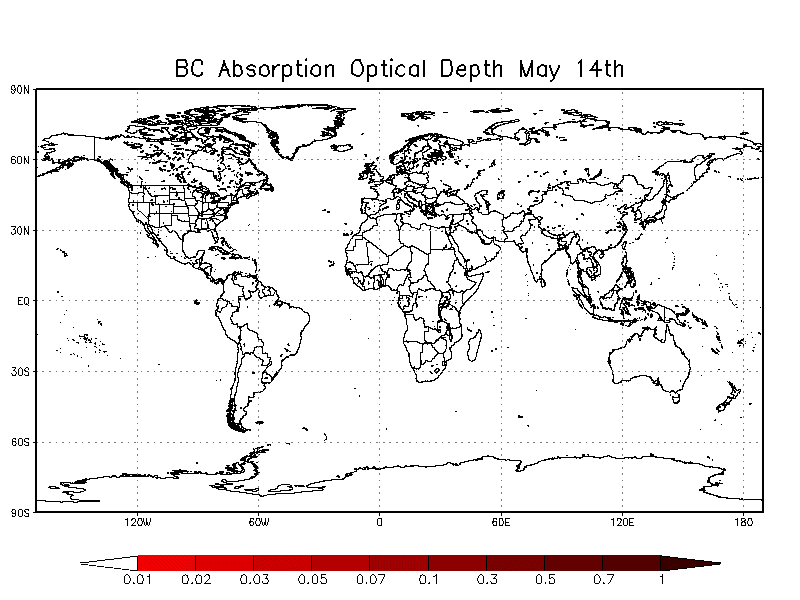August 05, 2017
Meanwhile, on the Roof of the World
For two months now, China and India have been having a tiff over a Himalayan mountain pass. This is nothing new, a good deal of the border between the two nations is disputed and the two countries fought a war in 1960 over its exact position.


Now for the second time in three years there are large numbers of troops involved. Unlike the 2014 crisis, this is complicated by a third party and the fact that the diplomatic exchanges between the two most powerful players consist mainly of ultimatums.
OK. What happened? China also claims a parts of Bhutan. India has a defense agreement with Bhutan. While the China Bhutan border dispute was being reviewed by international bodies China marched into a Bhutanese mountain pass called Doklam (which borders India and China) and began building a highway (part of their New Silk Road project). India then sent in troops (as per their agreement with Bhutan) and forcibly removed the Chinese contractors and escorting soldiers out of Bhutan. Both sides have been moving troops into the area ever since and diplomatic exchanges have gotten more heated.
While this was going on, India has been rocked by a spy scandal involving their perpetual rival (and China's ally) Pakistan. In the last few days, Pakistan has just started poking along the Indo-Pakistani border and Kashmir is heating up again which is likely further unnerving India as they send troops north to Sikhim.
China India and Pakistan are all nuclear powers.
Kyle Mizokami goes over the impact of a China India war that escalates beyond the skirmish level.
A hypothetical war between India and China would be one of the largest and most destructive conflicts in Asia. A war between the two powers would rock the Indo-Pacific region, cause thousands of casualties on both sides and take a significant toll on the global economy.* Geography and demographics would play a unique role, limiting the war’s scope and ultimately the conditions of victory.
He notes that both India and China have "no first use" policies regarding nukes. However, in war, especially with high stakes, agreements get thrown out. (Remember use of Poison gas was forbidden by the Hague Convention in 1907. Parts of France are still uninhabitable today in part because of its use between 1915 and 1918 ).
Pakistan, something of a wild card in this affair, does NOT have a no first use policy and has expressed a willingness bordering on enthusiasm for battlefield nuclear bombardment. Once nukes start popping, anything goes.
The estimated short term impact of soot from a very limited exchange between India and Pakistan (low yields and only 100 detonations) is visualized here. It's comparable to a big volcano and could affect crop yields for a year.

An exchange that went all out between China and India or just India and Pakistan would be worse of course. This doesn't even touch on the extent of fallout affecting nearby countries or the incomprehensible suffering and slaughter that will result from a couple going off over Shanghai, Delhi, Mumbai or Hyderabad.
Mizokani's piece above notes that this could turn on naval action. (Ironic given the location of the dispute). A good chunk of China's trade passes through the Indian Ocean and India has a sizable navy. Furthermore, Aridhaman and Arihant, (India' two SSBNs) would be high priority targets for China, so you'd expect the Chinese to be taking measures in that direction if things were going to get serious.
With that in mind...
Chinese ships and submarines have recently shown up in the Indian Ocean.
Other Chinese Naval assets are now at China's new Naval base in Djibouti
China just purchased the rights to a Sri-Lankan port.
While all this was happening, the U.S. Japan and India recently conducted joint naval operations incase, for whatever reason, they have to fight together.
While unlikely to actually take sides in such a fight, the U.S.N. is heavily engaged in the Arabian Sea right now...
What happens when Brahmos missiles and their Chinese equivalents start flying around the U.S. ships in the area?
Do we continue operations against ISIS?
Do we run neutrality convoys and protect the tankers coming out of the Persian Gulf?
Does the fact that three submarine cables in the Arabian Sea have gone dead in as many weeks indicate something we should be concerned about?
There's more on this situation and the strategic incentives in play for both India and China here.
In other words, control over the Doklam plateau constitutes a "win-win†for the PLA; both a knife to India’s jugular and shield to blunt its sharpest spear. With existential stakes for Delhi, and Beijing posturing growing more uncompromising by the day, there’s no end in sight to the longest standoff at the China-India border in over three decades.

Hide all the Archdukes.
Posted by: The Brickmuppet at
09:36 AM
| No Comments
| Add Comment
Post contains 812 words, total size 10 kb.
<< Page 1 of 1 >>
30kb generated in CPU 0.0146, elapsed 0.0996 seconds.
65 queries taking 0.0913 seconds, 207 records returned.
Powered by Minx 1.1.6c-pink.
65 queries taking 0.0913 seconds, 207 records returned.
Powered by Minx 1.1.6c-pink.









